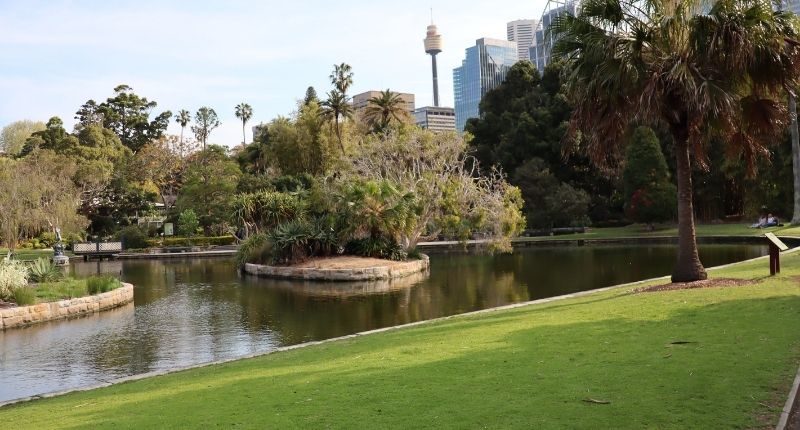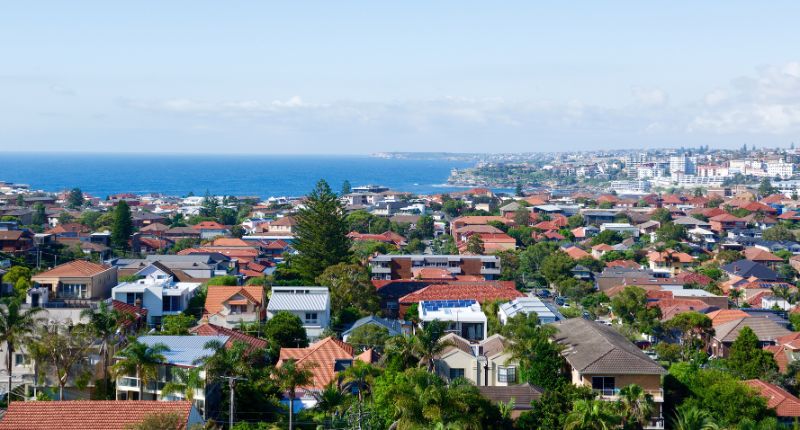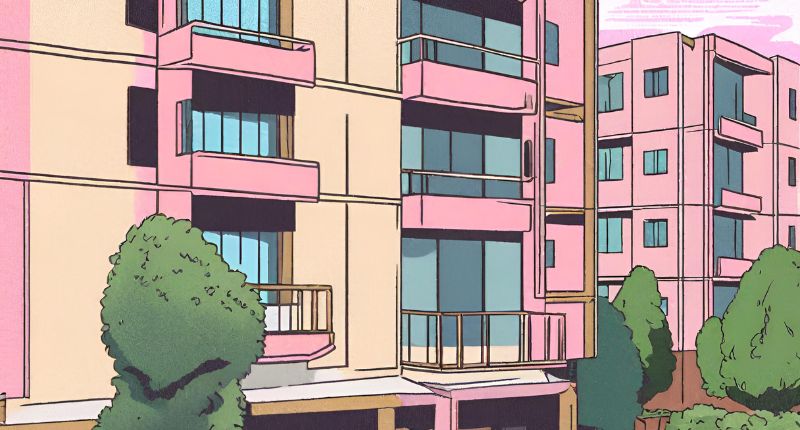- The impact on greenspace and property prices was researched
- There seemed to be a positive but weak correlation in Sydney
- In higher density cities in Europe, the effect is more pronounced
When you buy a property, in some sense you’re not actually buying a property at all, you’re buying in to the lifestyle and everything the suburb provides.
People buy lifestyle, and search for a lifestyle that matches their needs. The property is, perhaps, a means to an end.
So, if a suburb had an abundance of green space, parks and trees, would that area command better prices?
Positive, but weak relationship
The latest research in Sydney from CoreLogic would suggest there is a ‘positive but weak’ relationship between the two.
Global research points to the fact that good quality greenspace can improve people’s mental and physical well-being. The park over the road is great for exercise, stress release, socialising and relaxing with family and friends. This can then feed into the area’s property prices.
“Our case study revealed a positive correlation between housing values and greenspace, however the correlation across the broad Sydney region was not strong, implying a lot of other factors are involved in determining the value of a residential property.”
Tim Lawless, CoreLogic Research Director
So, it’s a factor, but not the only one.
That makes sense. Nearness to transport, or the river, or beaches, or good schools, or many other things would also affect house prices.
One theory for the relatively ‘weak’ effect that green space has on house prices in Sydney is the preponderance of parks and public space around the harbour city, as compared to its European counterparts.
While Amsterdam has 13% public green space, and London has 33%, Sydney has 46%. Amsterdam has those lovely canals though.
“Inherently, areas with higher population densities, such as the inner city precincts and significant working nodes show lower amounts of private greenspace due to a predominance of multi-unit dwellings, as well as smaller lot sizes for detached homes where the dwelling often comprises a larger portion of the land.
“Unsurprisingly, we can see a clearer relationship between private greenspace and housing price premiums,” said Mr Lawless.
In highly dense cities, access to public greenspace may hold a premium, as it is so rare. The effect in such places with private greenspace (gardens) may be even more pronounced.
“Looking forward, as our cities grow and densify, it’s likely the relationship between greenspace and housing values will become clearer and more widespread. For detached housing, as lot sizes progressively reduce, ‘smart’ designs that incorporate yard space are likely to become increasingly important and popular with buyers.
“For higher density areas, the inclusion of public greenspace areas in the planning and design is also important, with projects that offer green amenity likely to stimulate greater demand and price premiums over those that have less of a connection with green areas,” said Mr Lawless.








